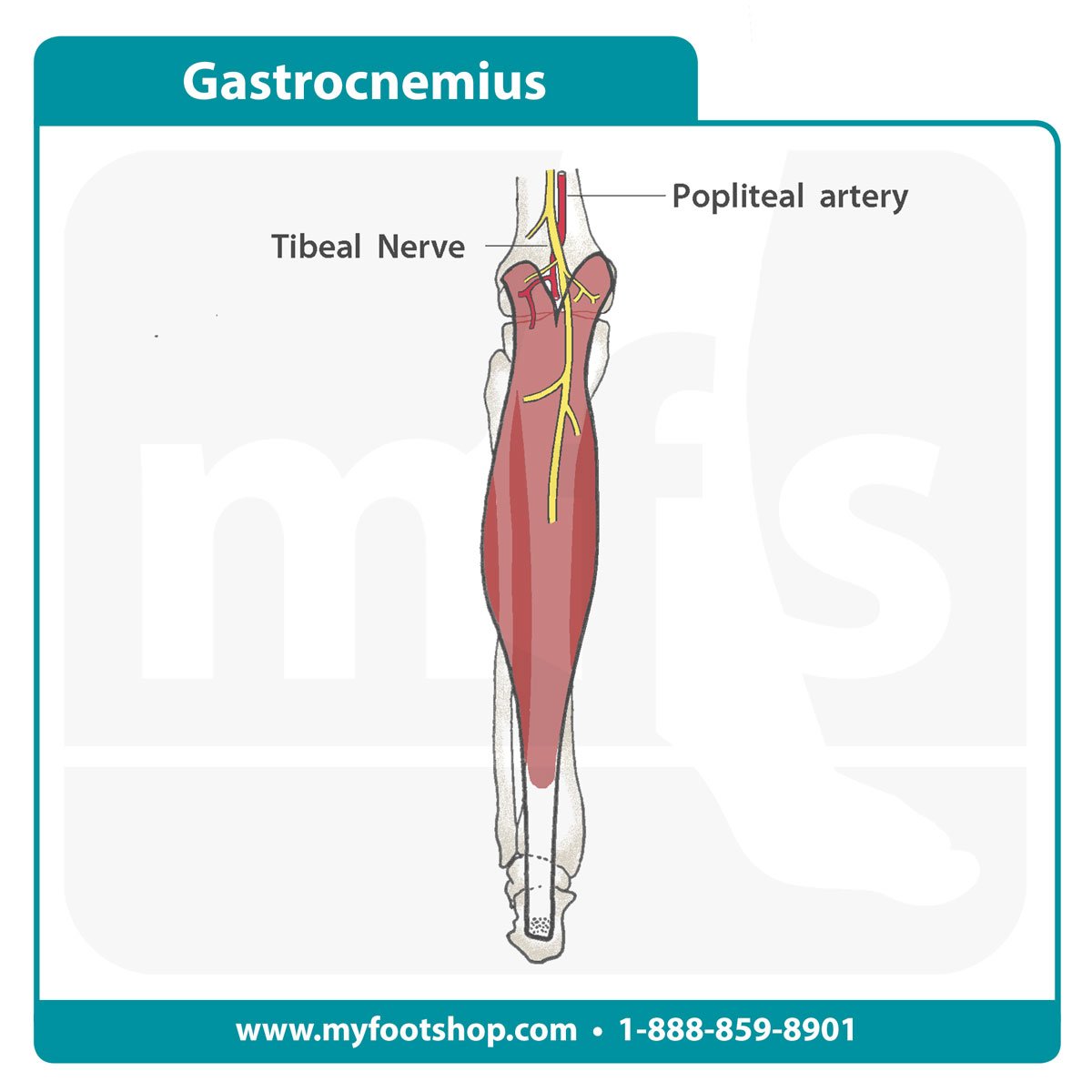Treating chronic Achilles tendinitis requires a comprehensive treatment plan including activity modification and rest. Rest can vary from a complete abstinence from activity or any number of activity modifications. This article explores the use of a Spring Plate and heel lift to treat chronic Achilles tendinitis.
Treating Chronic Achilles Tendinitis
Using a spring plate and heel lift to treat chronic Achilles tendinitis
Tendon is notoriously slow to heal. The primary challenge with healing tendon is the limited blood flow to tendons. Tendons receive nutrition and cellular support through a very small network of capillaries. In addition to this very limited vascular flow, tendons receive a bit of support from the lubrication produced by the peritenon, or outer lining of the tendon. Tendons have such a limited supply of blood and extracellular fluid that tendon injuries are often very difficult to heal.
The Achilles tendon is the single largest and strongest tendon in the human body. Anatomists argue that the Achilles tendon lacks a true peritenon. In my experience, surgical dissection of the Achilles does show a peritenon but it is very thin and often difficult to suture on wound closure. Knowing that the Achilles tendon has poor vascularization and that the peritenon is virtually nonexistent, we can assume that healing Achilles tendon injuries are going to be particularly difficult.
What other steps can be used to heal tendon injuries? The single most important key to treating chronic Achilles tendinitis is decreasing load applied to the tendon. The literature that reviews treatment of chronic Achilles tendinitis stresses rest and ice. Rest can take on many forms of care including:
- Walking cast - ambulatory
- Hard Cast - non-ambulatory
- Heel lift
- Avoidance of going barefoot or use of low heeled shoes
- Anterior rocker sole
An anterior rocker sole is used to decrease load (off-load) to the tendon at the heel-rise stage of gait. The gait pattern of the foot in a traditional shoe is as follows:
Heel strike >> stance phase >> heel lift >> toe-off
As your body weight passes over the foot in stance phase, just prior to heel lift, the force that the Achilles tendon is applying to the heel becomes concentrated. When you modify the shoe with an anterior rocker, the anterior rocker helps to
heel becomes concentrated. When you modify the shoe with an anterior rocker, the anterior rocker helps to  makes that transition from mid stance to heel lift more gradual with less force applied to the Achilles tendon. Unfortunately, anterior rocker soles are a shoe modification that will permanently change the shoe.
makes that transition from mid stance to heel lift more gradual with less force applied to the Achilles tendon. Unfortunately, anterior rocker soles are a shoe modification that will permanently change the shoe.
You can accomplish the same effect of an anterior rocker with the use of a clog or you can modify your own shoe with a heel lift and spring plate. The heel lift will decrease the load to the Achilles tendon from heel strike to heel lift. And the toe spring in the spring plate will function just like an anterior rocker sole. Toe spring is the curvature of the spring plate that resembles the sole of a clog. The best part of using a heel lift and spring plate is that you don't need to have a shoemaker make a permanent change to your shoes.
A heel lift and a spring plate can be an effective tool for patients with chronic Achilles tendonitis. Remember that treatment of chronic Achilles tendonitis is a comprehensive plan of rest and modifications of activities. Although each case may vary, use of a heel lift and spring plate is one of the ways you can treat chronic Achilles tendinitis and still remain active.
Jeff
Medical Advisor
Myfootshop.com
Updated 3/23/2021

















